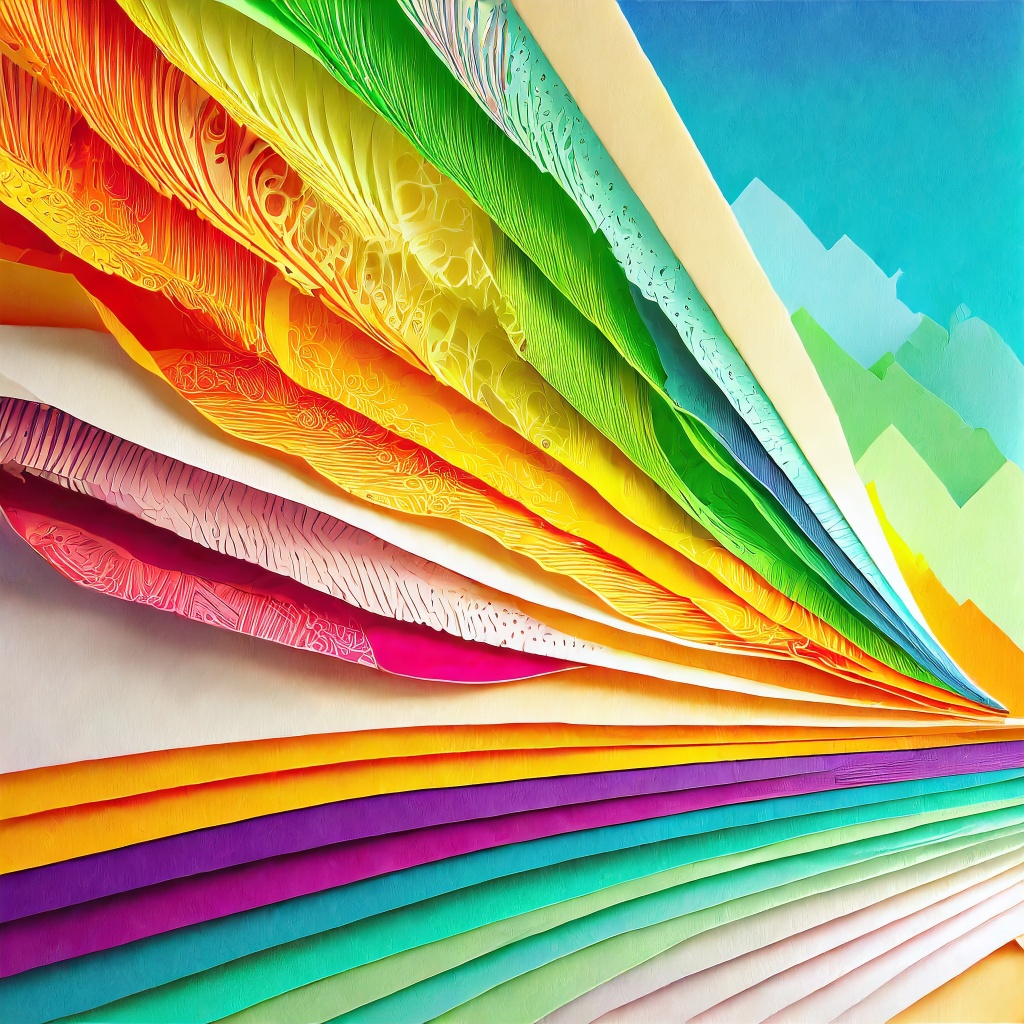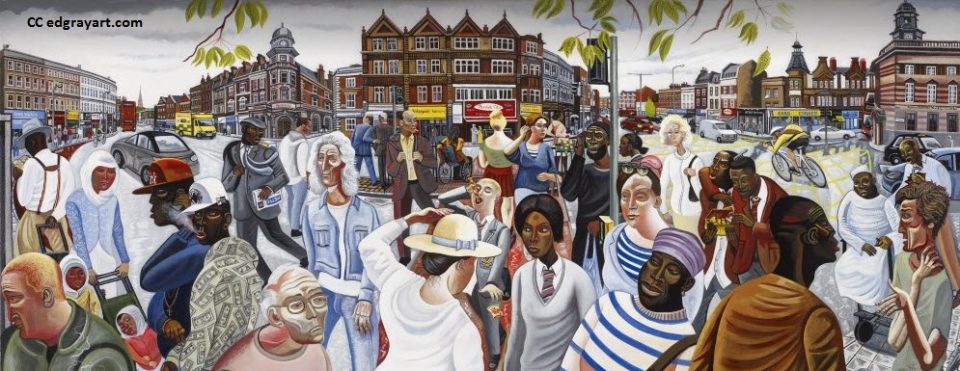Tags
The following post is entirely generated using AI. It is based on the eighth AI Conversation session that took place today where Mark Robinson answered questions around the topic, AI and the Art School. The session was recorded in MS Teams, which automatically created a transcript. The transcript was summarised in Claude and the blog post was generated using ChatGPT4. Image created by Adobe Firefly

In an era where technology continually reshapes the boundaries of art, the intersection of artificial intelligence (AI) and art presents both novel opportunities and challenges. Mark Robinson, a learning technologist at the London College of Fashion with a background in technology, creative industries, and fine art, is at the forefront of exploring these dynamics. His current PhD work focuses on technology-enhanced learning, a field increasingly relevant in the art world.
AI’s influence on contemporary art is undeniable. A striking example is the computer-generated image by artist Boris Eldagson, which notably clinched an art prize in a photo competition, marking a significant milestone in AI-generated art. Similarly, digital artist Matthew Allen’s AI-created image won a digital art competition but stirred debate as it couldn’t be copyrighted due to its non-human genesis. These instances highlight AI’s growing role in art creation, raising questions about authorship and originality.
Artists typically adopt one of three approaches towards AI: some use it uncritically as a tool to generate art, others critically examine its impacts on power and societal structures, and a third group recognizes its potential while being mindful of risks and the need for scrutiny. This diversity of approaches reflects the complexity of AI’s role in the art world.
At the London College of Fashion, art students’ engagement with AI tools mirrors this multifaceted landscape. Many students show interest but approach AI with caution, concerned about data bias, privacy, and environmental implications. A key worry is whether AI could undermine human creativity or co-opt their work, a fear not unfounded given AI’s capacity to assimilate and reproduce artistic styles. Some instructors address these concerns by emphasizing critical engagement with AI in art, rather than merely using it as a tool for art generation.
Mark highlights potential uses of AI in art, such as aiding creative ideation and experimentation, especially in the realm of abstraction. This process involves uploading and iteratively altering images through AI, opening up new creative pathways. However, he also voices concerns about a possible disconnection from materiality. In his view, physical processes, tangible objects, and real-world contexts remain vital to the essence of art practice. This stance underscores the need for research into how art students interact with AI tools.
The ethical implications of using AI in art cannot be overstated. Issues of bias, environmental impact, and privacy are central to the debate around AI’s role in art. Mark argues for a critical engagement with AI, recognizing its inevitable spread while advocating for a balance with real-world immersion and materiality. This approach suggests a hybrid model, where digital and physical processes coexist, complementing each other. In conclusion, the use of AI in art is a burgeoning field, with contemporary artists and art students exploring its possibilities and pitfalls. The diverse approaches range from uncritical adoption to deeply critical analyses. As AI continues to evolve, further research into its use by art students is crucial, particularly regarding its environmental, privacy, and bias implications, and its impact on human creativity. Amidst this digital evolution, maintaining a connection to the tangible and the real remains a cornerstone of artistic practice
